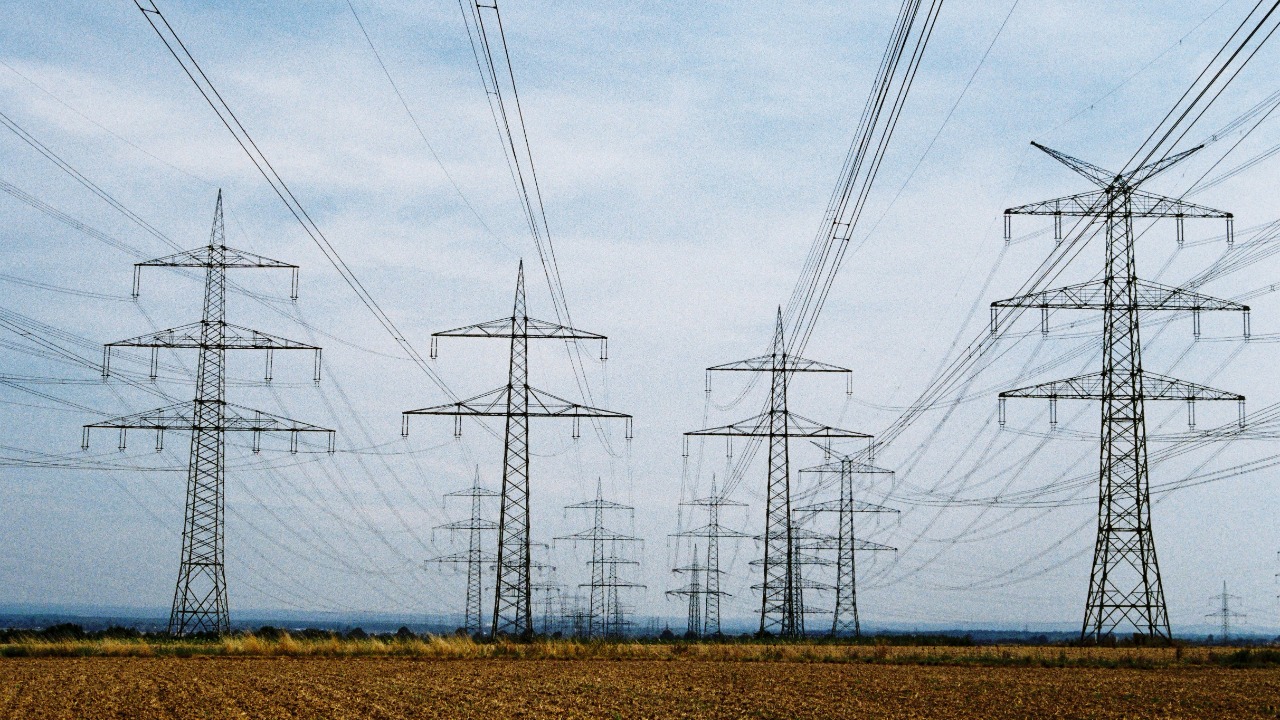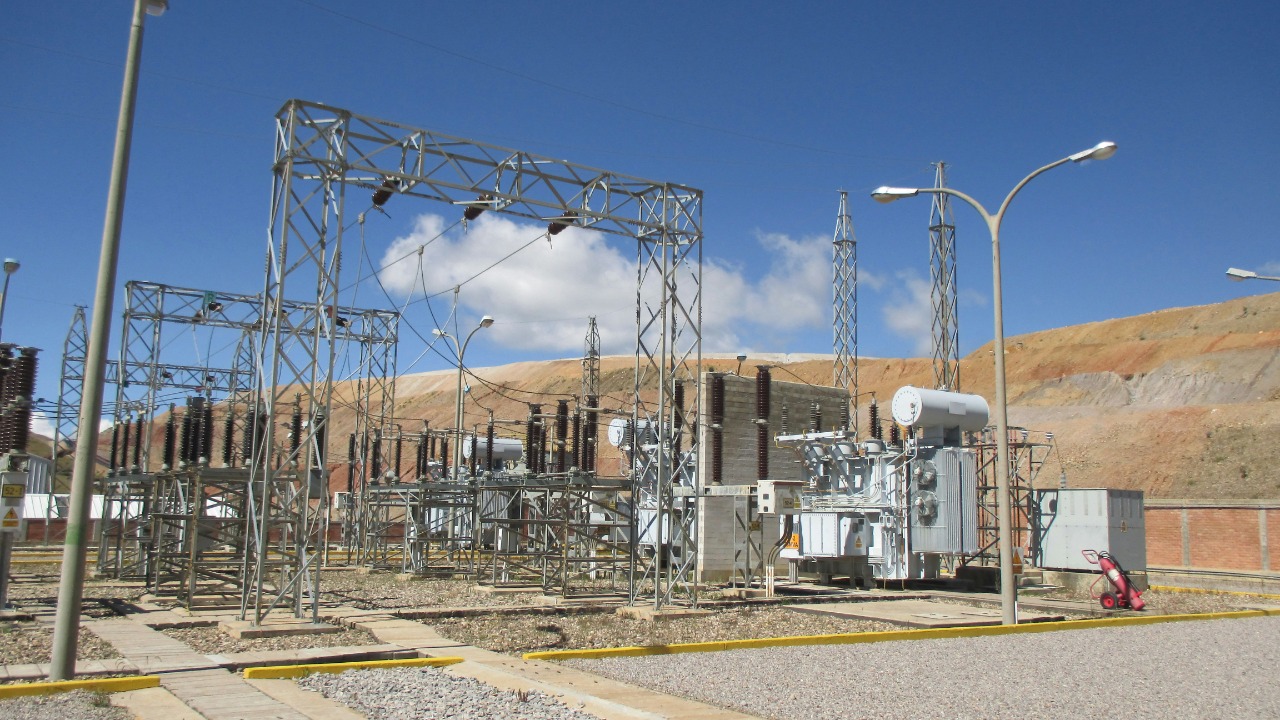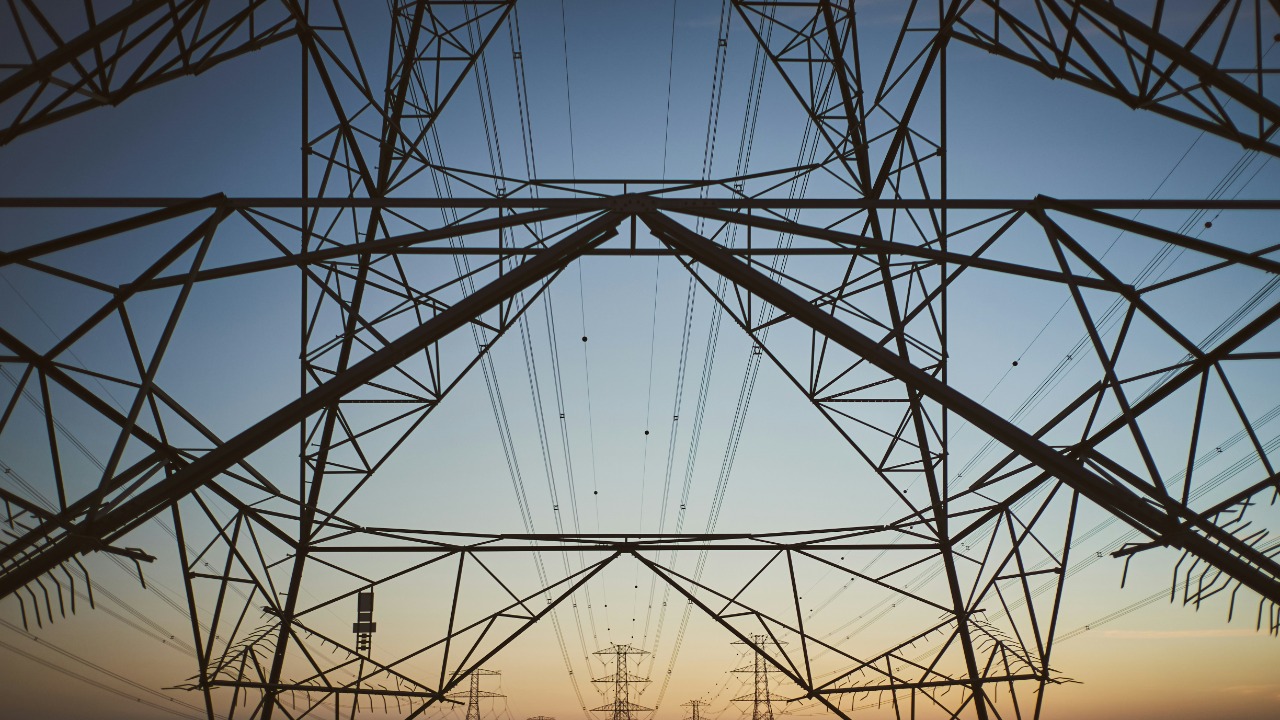
The quest for unlimited clean energy has been a driving force behind technological and scientific advancements for decades. With increasing concerns about climate change and the depletion of fossil fuels, the need for sustainable energy solutions has never been more pressing. We are at a critical juncture where understanding the progress and challenges that remain in achieving this elusive goal is essential.
The Current State of Clean Energy Technologies

Solar and Wind Power
Solar and wind power have emerged as leading contenders in the clean energy landscape. The efficiency of solar panels has improved significantly, with new materials like perovskite increasing their potential. However, the intermittent nature of solar and wind energy poses substantial challenges, particularly in terms of storage. Current battery technologies still struggle to provide adequate solutions for energy storage, which is crucial for maintaining a stable energy supply.
Despite these hurdles, advancements in battery technology are promising. Efforts to develop more efficient storage solutions are underway, aiming to bridge the gap between energy production and consumption. The development of large-scale battery farms and innovative storage technologies are essential steps in overcoming these limitations and ensuring solar and wind power can meet global energy demands.
Hydroelectric and Geothermal Energy
Hydroelectric power continues to play a critical role in the global energy mix. As a well-established technology, it provides a reliable and consistent source of energy. However, the potential for expansion is limited by geographical and environmental factors. Similarly, geothermal energy offers a consistent power source but is restricted to regions with suitable geological conditions.
The expansion of these energy sources requires careful consideration of environmental impacts. While hydroelectric power is relatively clean, it can have significant ecological implications, such as habitat disruption and water resource management issues. Geothermal energy, on the other hand, offers a lower environmental footprint but is constrained by location-specific challenges.
Biomass and Biofuels
Biomass and biofuels provide alternative pathways for clean energy, though their sustainability and environmental impact are subjects of debate. Biomass energy, derived from organic materials, can be a renewable resource but often involves trade-offs with land use and food production. Similarly, biofuels offer the potential to reduce dependence on fossil fuels, yet their production can lead to deforestation and other ecological concerns.
Efforts to improve the sustainability of biomass and biofuels focus on developing advanced feedstocks and production methods. Innovations in this area aim to minimize environmental impact while maximizing energy output, making these alternatives more viable options for sustainable energy solutions.
The Promise and Challenges of Nuclear Fusion

Recent Breakthroughs
Nuclear fusion has long been hailed as the holy grail of clean energy. Recent breakthroughs, such as the advancements in fusion technology, have brought us closer to realizing its potential. These developments promise a future where limitless energy can be harnessed from the same processes that power the sun, offering a clean and virtually inexhaustible energy source.
Despite these advancements, nuclear fusion remains a complex challenge. Researchers are optimistic about the progress made, yet significant scientific and engineering hurdles persist. The ability to sustain a fusion reaction long enough to produce a net energy gain is still a formidable obstacle on the path to commercialization.
Technical and Economic Hurdles
The technical challenges of nuclear fusion are vast. Achieving the extreme temperatures and pressures necessary for fusion reactions requires cutting-edge technology and substantial investments. The economic feasibility of scaling fusion technology to match the global energy demand is another crucial consideration.
Investment in research and development is essential to overcoming these barriers. While the initial costs are high, the potential payoff of a clean and virtually unlimited energy source justifies the effort. Continued international collaboration and funding are critical to advancing fusion technology and making it a viable component of the future energy landscape.
Comparisons with Nuclear Fission
Nuclear fusion offers several advantages over nuclear fission, the current standard for nuclear energy. Fusion reactions produce less radioactive waste and are inherently safer due to the lack of chain reactions. However, scaling fusion technology remains a significant challenge, unlike fission, which is already widely deployed.
The potential of nuclear fusion to provide a safer, cleaner alternative to fission is a compelling reason to continue pursuing this technology. While fission will remain part of the energy mix for the foreseeable future, the successful development of fusion could revolutionize the way we power the world.
Innovations in Energy Storage and Grid Management

Battery Technology Advancements
Advancements in battery technology are crucial for the future of clean energy. Innovations such as solid-state batteries and lithium-sulfur technologies promise to deliver higher energy densities and longer lifespans than current lithium-ion batteries. These developments are essential for improving the efficiency of energy storage systems, a key component in the widespread adoption of renewable energy sources.
Efficient energy storage solutions are vital for managing the intermittent nature of renewable energy. As battery technology continues to evolve, it will play a crucial role in stabilizing energy supply and demand, enabling greater integration of renewables into the energy grid.
Smart Grids
Smart grids represent a significant innovation in energy management. By utilizing advanced communication and control technologies, smart grids optimize the distribution of energy, integrating renewable sources more effectively and enhancing the reliability of the power supply.
The implementation of smart grids allows for more efficient energy consumption and reduces the likelihood of outages. By enabling real-time monitoring and management of energy resources, smart grids can significantly enhance the resilience and sustainability of our energy infrastructure.
Decentralized Energy Systems
Decentralized energy systems offer a promising approach to enhancing energy security and reliability. By distributing energy generation across a network of smaller, localized sources, these systems reduce dependence on centralized power plants and improve resilience against disruptions.
Decentralized systems can also facilitate the integration of renewable energy by allowing communities to generate and use their own power. This not only enhances energy security but also empowers individuals and communities to take control of their energy futures, promoting sustainability and reducing environmental impact.
Policy and Investment: Catalysts for Progress

Government Initiatives and Regulations
Government policies and regulations play a pivotal role in driving the development and adoption of clean energy technologies. Initiatives such as subsidies, tax incentives, and renewable energy standards incentivize the transition to sustainable energy sources, fostering innovation and investment in the sector.
Effective policy frameworks are essential for creating a conducive environment for clean energy advancements. By setting ambitious targets and providing support for research and development, governments can accelerate the shift towards a more sustainable energy future.
Private Sector Investment
The private sector is a critical driver of innovation in the clean energy space. Investments from corporations and venture capitalists fuel the development of new technologies and facilitate the scaling of existing solutions. The engagement of the private sector is crucial for bringing clean energy technologies to market and achieving widespread adoption.
Collaboration between public and private entities can significantly enhance the impact of clean energy initiatives. By leveraging the resources and expertise of both sectors, we can accelerate progress towards a sustainable energy future.
International Collaboration
International cooperation is essential for advancing global clean energy goals. By sharing knowledge, resources, and technology, countries can work together to overcome the challenges of transitioning to sustainable energy systems. Collaborative efforts can drive innovation and create synergies that benefit all parties involved.
Global partnerships and initiatives play a crucial role in addressing climate change and promoting sustainable energy solutions. By fostering international collaboration, we can enhance the effectiveness of clean energy efforts and create a more sustainable future for all.
The Road Ahead: Future Prospects and Considerations

Technological Forecasts
Predicting the future of clean energy technology is both exciting and challenging. While significant advancements have been made, there is still much work to be done. Over the next few decades, we can expect continued innovation in solar, wind, and storage technologies, as well as breakthroughs in areas such as nuclear fusion and smart grid management.
These technological advancements will play a crucial role in shaping the energy landscape of the future. By continuing to invest in research and development, we can unlock new possibilities for sustainable energy solutions and move closer to the goal of unlimited clean energy.
Environmental and Social Implications
The transition to unlimited clean energy has profound environmental and social implications. By reducing our dependence on fossil fuels, we can mitigate the impacts of climate change and reduce pollution, leading to healthier ecosystems and improved public health.
Socially, the shift towards clean energy can create new economic opportunities, including jobs in renewable energy and technology sectors. However, it is essential to ensure that this transition is equitable and inclusive, providing benefits to all communities and addressing the needs of those most affected by the changes.
Public Perception and Education
Public awareness and education are critical components of fostering acceptance and support for clean energy initiatives. By informing individuals about the benefits and challenges of clean energy, we can build a more informed and engaged populace that is ready to embrace sustainable energy solutions.
Educational programs and outreach efforts are essential for promoting understanding and enthusiasm for clean energy technologies. By fostering a culture of sustainability, we can empower individuals and communities to play an active role in the transition to a cleaner and more sustainable energy future.